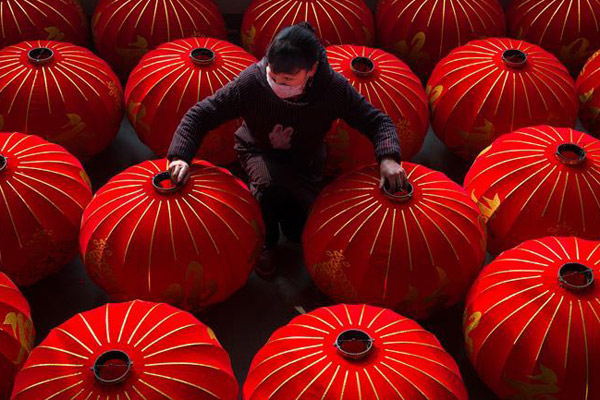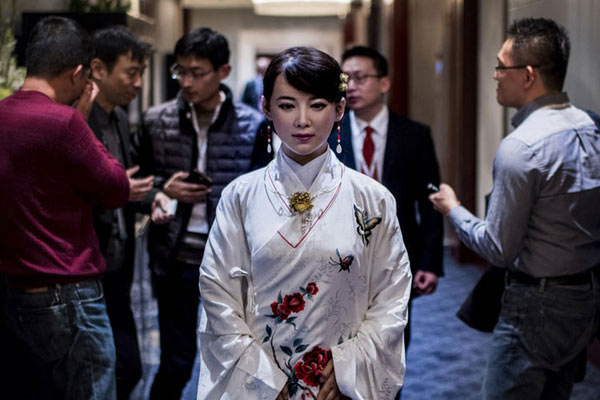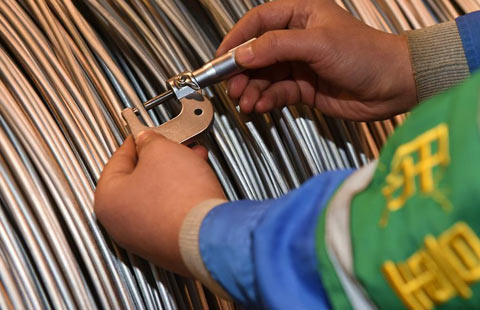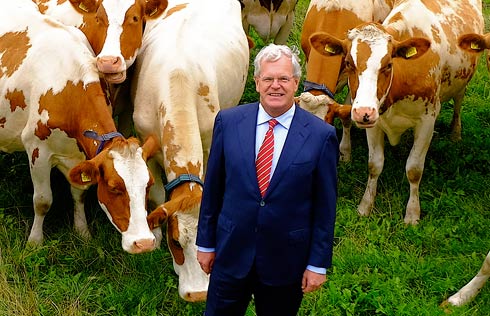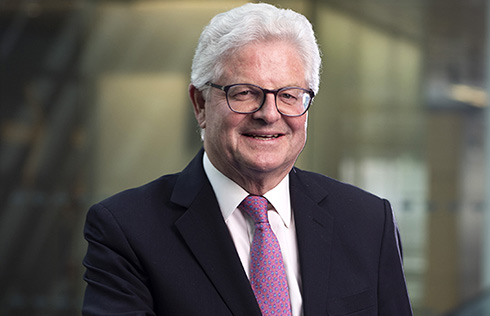Steel reform gets goal-driven
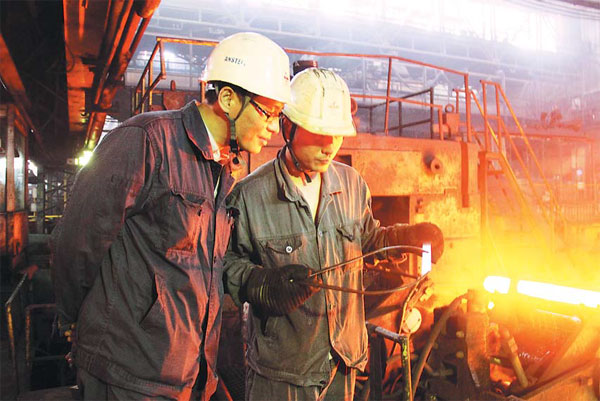 |
|
Employees work at the factory of Anteel in Liaoning province. [Photo by Huang Xiandong/For China Daily] |
Editor's Note:
China's top leaders wrapped up the three-day Central Economic Work Conference on Dec 16. At the tone-setting meeting, policy-makers mapped out policy stances for the country's economic development in 2017. China Daily analyzes the tasks and challenges China will face in 2017, to provide an insight into how the world's second-largest economy will tackle the thorny restructuring and reform challenges.China will enact stricter rules for trimming steel overcapacity in 2017 after making significant progress in 2016, according to experts.
Li Xinchuang, president of the China Metallurgical Industry Planning and Research Institute, said: "Although steel prices in 2016 rebounded by a large margin and last year's capacity reduction goal was reached two months ahead of the deadline, the profitability in the industry has not been restored."
Capacity reduction goal for 2016-45 million metric tons-was reached in October. Large and medium-sized steel smelters achieved 28.7 billion yuan ($4.15 billion) profits in the first 10 months of the year, compared with a loss of 38.5 billion yuan in the same period in 2015, according to the China Iron and Steel Association.
However, approximately 27 percent steel companies are still running at a loss. The return on sales has only exceeded 1 percent, far below the average industrial return on sales in the country, according to Li.
What makes the matter even more challenging is that the estimated demand in 2017 is 660 million tons, down by 1.5 percent year-on-year, according to the China Metallurgical Industry Planning and Research Institute.
The short-term goal of capacity reduction is to cut crude steel capacity by 15 percent, or a reduction of 27 million tons, within three years starting from 2016, according to the National Development and Reform Commission.
Li Bing, chief of the commission's corporate reform office, said the overall reduction of capacity would be completed by the companies making their own reductions.
Xu Shaoshi, chairman of the National Development and Reform Commission, said that cutting excess production capacity will be a priority for the commission's work in 2017.
The commission made a statement in December after its annual work conference that it will continue to push supply-side reform, including cutting overcapacity, destocking, deleveraging, reducing corporate costs and shoring up weak links in the economy.
The central government has taken more measures to deter the act of bringing outdated capacity back on stream.
In December, the Central Committee of the Communist Party of China and the State Council penalized two steel companies in Jiangsu and Hebei provinces for producing substandard steel and building factories that had yet to be approved. Two deputy governors of the two provinces have been held accountable and 138 people involved in the cases were punished.
Chen Kexin, chief analyst of the Lange Steel Information Research Center, said that the capacity reduction goal in 2017 is going to be higher than 2016. At the same time, there will be more challenges.
"Overcapacity is estimated to be 100 to 200 million tons. This excess is seriously polluting the environment and churning out low quality steel. In 2017, there will be stricter administrative and environmental standards," he said.
According to Changjiang Securities Co Ltd, the goal of capacity shedding may increase by more than 10 percent in 2016.
Meanwhile, the merger of Baosteel and Wuhan Iron & Steel group has set industry along the path of wider reorganization.
The landmark merger in December has created China Baowu Steel Group-the world's second largest steelmaker by annual output. The new steel entity is estimated to have total assets worth 730 billion yuan.
Xu Xiangchun, chief analyst of mystee.com, said that the biggest effect of the merger would be on competition.
"Scattered and disorderly competition will be changed. It always used to be the case that in the steel industry the north was more powerful than the south. The merger is changing the situation.








